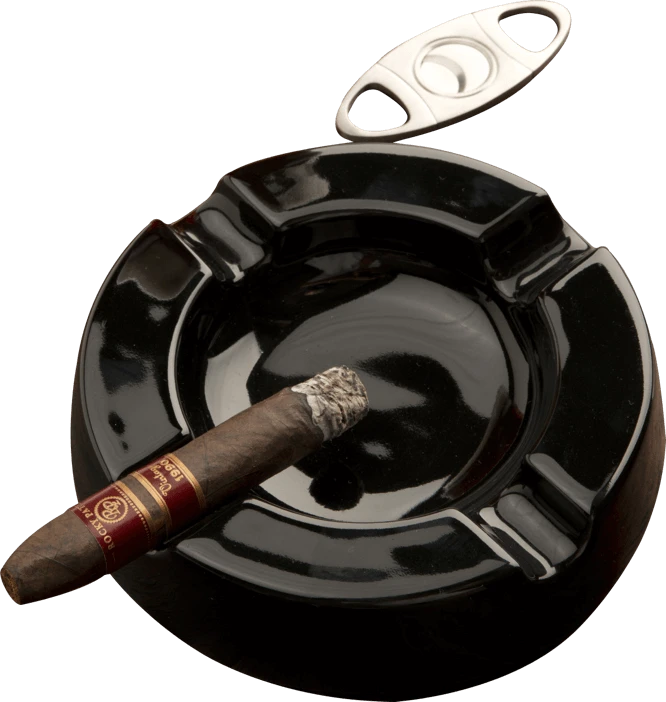Established in 1968, Cohiba quickly became the Cuban flagship brand, and has since developed a rich history within the cigar industry. Several myths surround the brand including one that relates directly to its name which was said to be the aboriginal Taino Indian word for "tobacco," but is now understood to have meant "cigar." The truth about Cohiba's origin is offered by Emilia Tamayo, the Director at El Laguito, Cuba’s most exclusive cigar factory. This charming woman confirms that it all began in the mid-1960s when one of President Fidel Castro's bodyguards enjoyed a private supply of cigars from a local roller, Eduardo Rivera. They were so pleased with the cigars that Rivera was asked to make the blend exclusively for Castro. He worked under strict security in an Italianate mansion in the Havana suburb of El Laguito. Developed initially as a medium-bodied protocol cigar for presentation only by officials of the Cuban government, in 1982 Castro decided to release his Cohiba Red Dots (as they’re usually called) to the public. Thankfully, many cigar manufacturers fled to other countries to avoid the suppressive Cuban government and now both Cuban and non-Cuban varieties of the same cigar brand exist. The Cohiba brand is also produced in the Dominican Republic by two separate manufacturers: General Cigar, who owns the trademark for the name in the U.S., and by Monecristi de Tabacos, who holds trademark for Cohiba in the Dominican Republic.
One of the world’s favorite pairings with a fine cigar is bourbon – its up there with peanut butter and jelly. So when Weller Kentucky Bourbon joined forces with Cohiba, we couldn’t wait to try! Let’s get down to it. Starting from the inside out is a tantalizing blend of premium fillers from the Dominican Republic, Nicaragua, and Honduras secured by a Connecticut Broadleaf binder leaf that has been perfectly aged for 6 months inside a barrel that once housed Weller 12-year bourbon. To finish this limited-edition, one-time release smoke is a stunning Sumatra wrapper leaf from Ecuador. Once lit, expect medium bodied notes of cedar, honey, and oak with hints of spicy undertones, just like the uniquely wheated Weller bourbon used to make them. We paired this with Weller 12-Year Bourbon but if you can’t find that, try it with it’s sister bourbon, Buffalo Trace Straight Bourbon 90 Proof.
Though tobacco is indigenous to Hispaniola, the tobacco industry in the Dominican Republic existed in the shadow of Cuba’s dominance through the 1960s. When the exodus of Cuban cigar makers began in the wake of the revolution, many decided the Dominican Republic would be ideal for the resumption of their livelihoods. Unrest in Nicaragua in the 1980s fueled the Dominican cigar industry further. The country now makes more than half of the premium cigars imported into the U.S.
The Cibao Valley and the nearby city of Santiago are the center of cigar production in the Dominican Republic. Three main varieties are grown here: the mild and native Olor Dominicano; the intense Piloto Cubano, brought from the Vuelta Abajo of Cuba; and San Vicente, a milder and more acidic Piloto hybrid. Dominican puros were once unheard of as it was widely thought impossible to grow quality wrapper leaf on the island, but new growing techniques are now allowing some exceptional puros to be produced.

Outstanding Values On Top-Rated Cigars
Our purchasing power allows us to offer exceptional reorder values on highly rated
cigars such as
Rocky Patel's Decade Torpedo, rated 95 in Cigar Aficionado.

